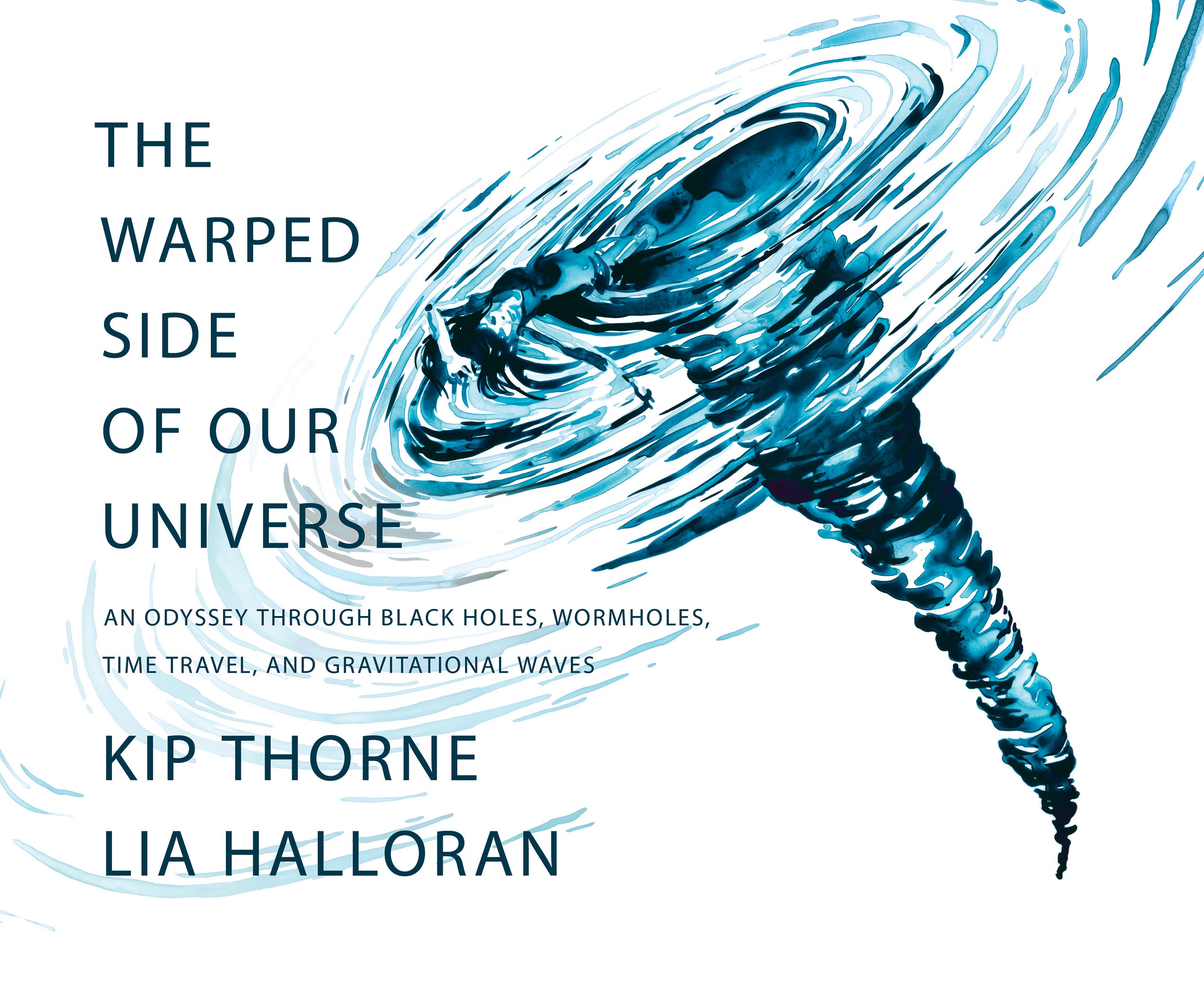Book Review: 'The Warped Side of Our Universe' a novel look at secrets of cosmos
“The Warped Side of Our Universe: An Odyssey Through Black Holes, Wormholes, Time Travel, and Gravitational Waves” explores many secrets of the cosmos

Black holes, wormholes and other mysteries of the universe are so firmly embedded in popular culture — from Carl Sagan's “Contact” to Christopher Nolan's “Interstellar” — that readers with no scientific background have some images in mind when the concepts are mentioned.
But in “The Warped Side of Our Universe: An Odyssey Through Black Holes, Wormholes, Time Travel, and Gravitational Waves,” physicist Kip Thorne and artist Lia Halloran find a novel approach to exploring these topics in startling detail.
The collaboration between the two is just as fascinating as the book itself. Thorne is among three astrophysicists who won the Nobel prize in physics in 2017 for their research into gravitational waves. For the past 13 years he and Halloran have partnered on this book as a way to explain the research that has helped shed light on the far reaches the universe.
Written in verse form, Thorne's writing is perfectly complemented by Halloran's vivid illustrations in explaining how that research has pierced a universe that is “varied and vast.”
The paintings portray a swirling universe of wonders, explaining a black hole's characteristics with images of Halloran's wife being bent by its warped spacetime. Images of other scientists such as Sagan and Stephen Hawking appear throughout the paintings in the book, alongside illustrations of black holes colliding and wormholes metamorphizing into time machines.
The book guides readers through the history of the research into these concepts, including the work on the Laser Interferometer Gravitational-Wave Observatory, or LIGO, that led to the 2017 Nobel. And it offers a glimpse at the work ahead that physicists hope will reveal more about the birth of the universe.
___
AP book reviews: https://apnews.com/hub/book-reviews
Subscribe to Independent Premium to bookmark this article
Want to bookmark your favourite articles and stories to read or reference later? Start your Independent Premium subscription today.
